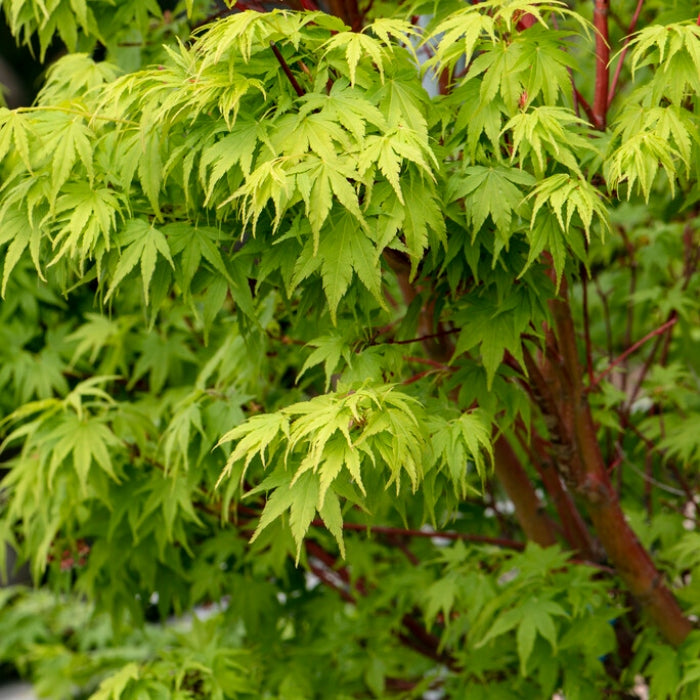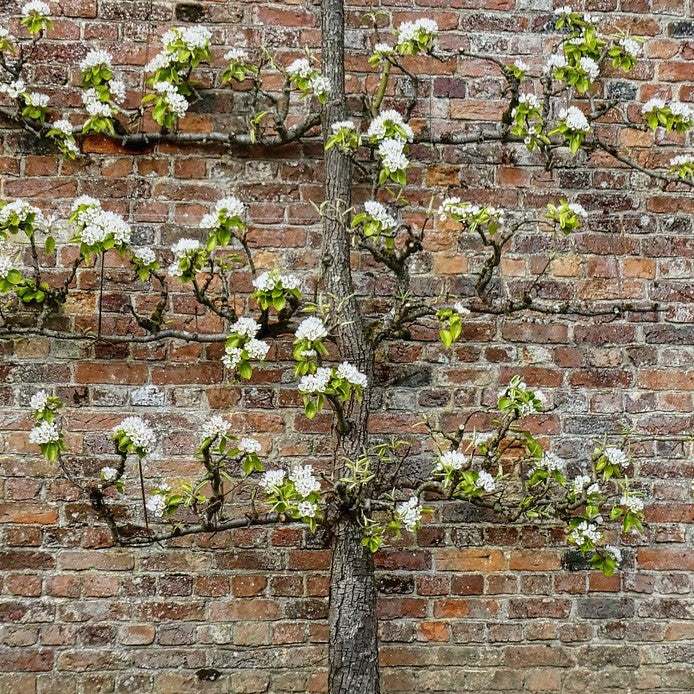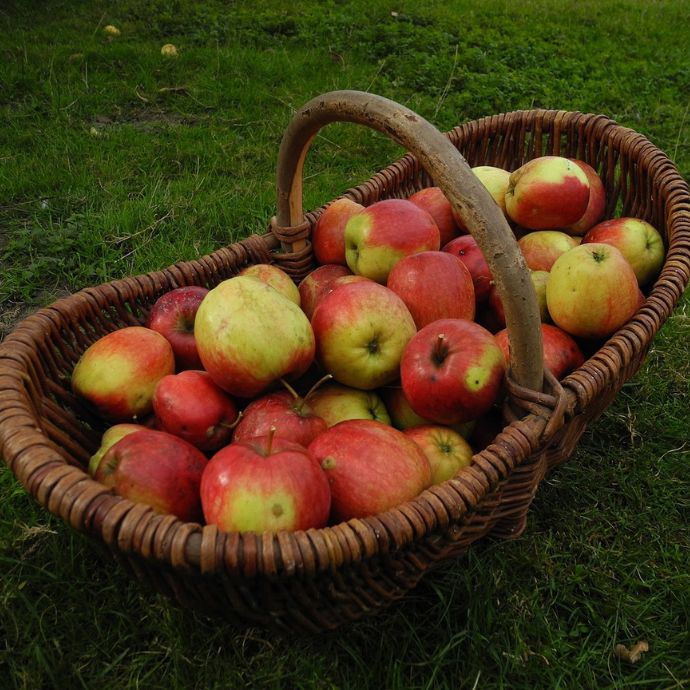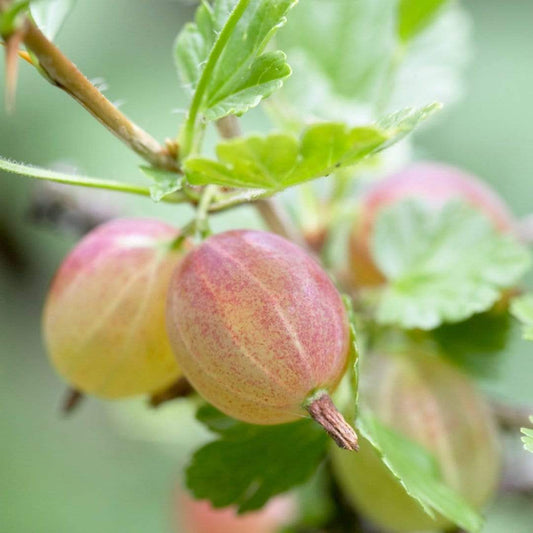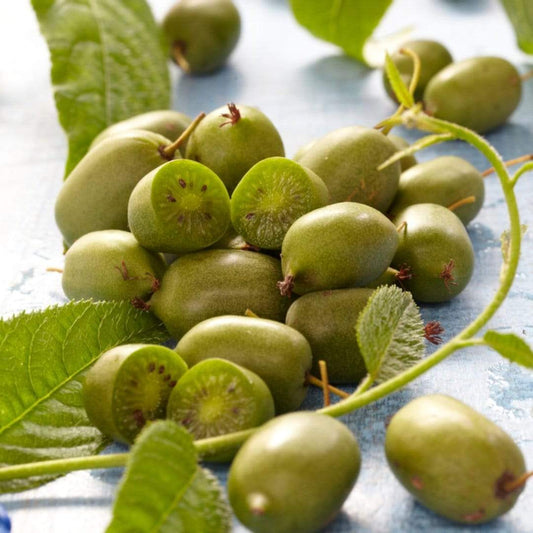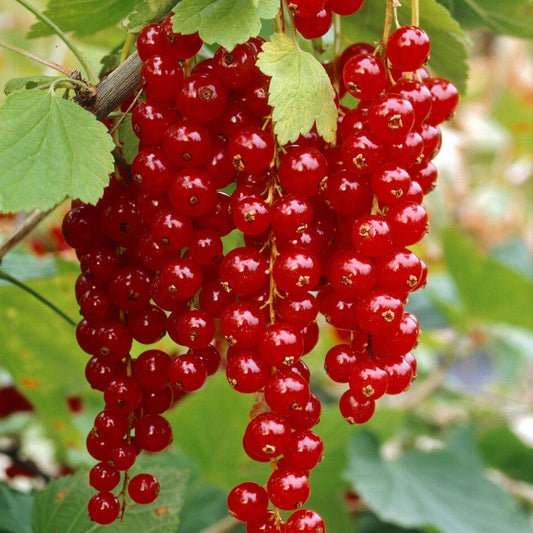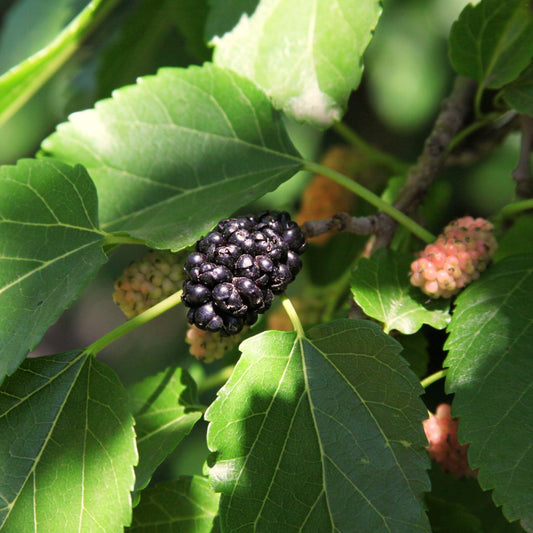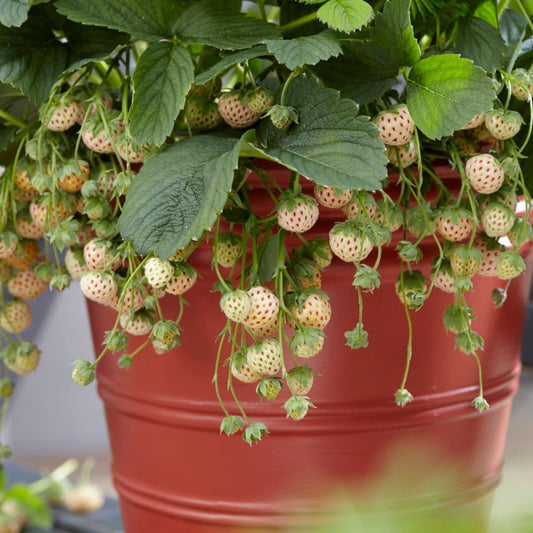Planting Fruit Bushes: The Complete Guide
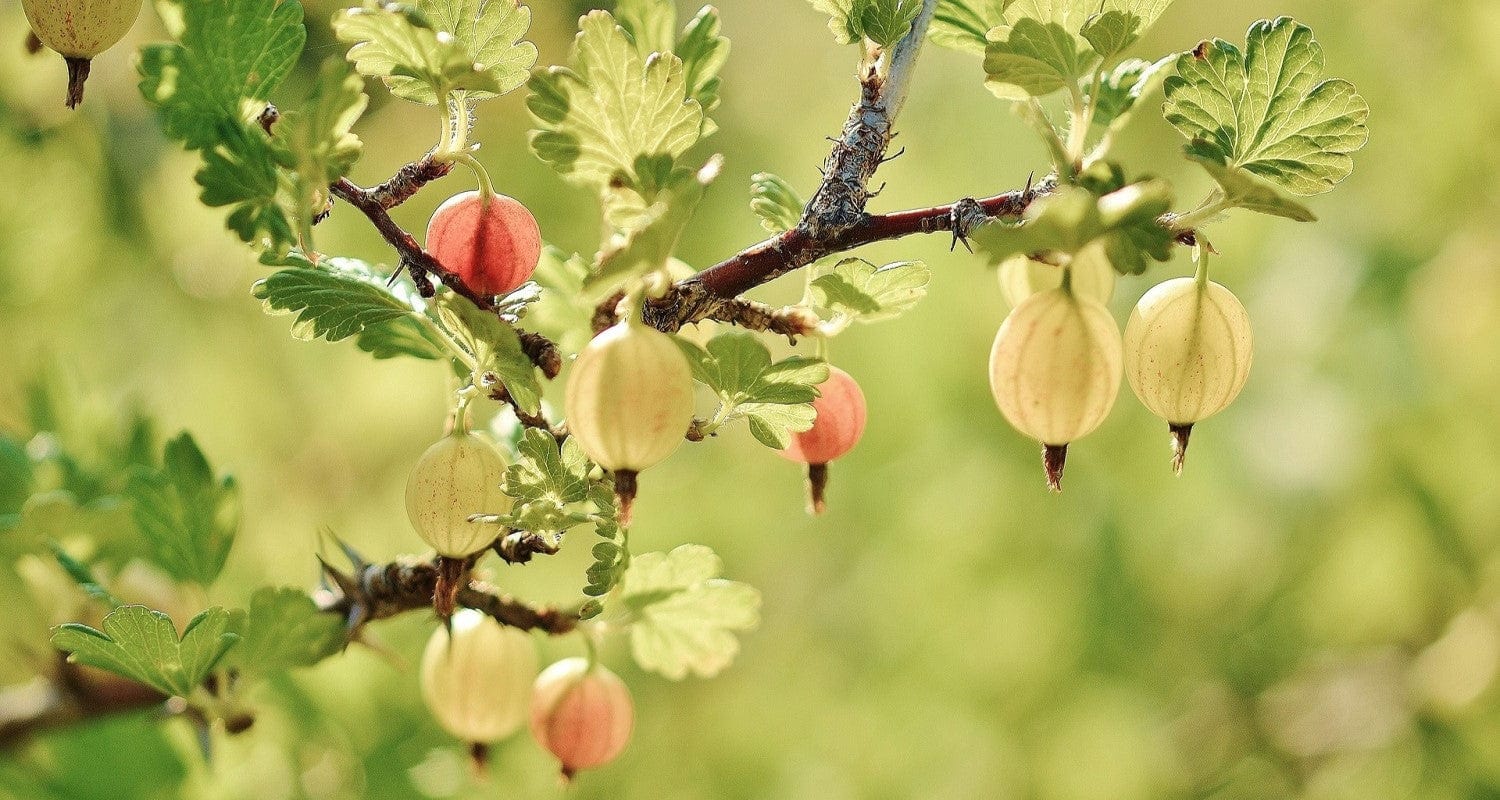
So your new soft fruit plants have arrived, and you can’t wait to get growing! Make sure you give them the very best start in life (and get more fruit) with our expert guide to planting fruit bushes (for both bare root and potted plants).
Jump to:
Planting potted soft fruits
Planting bare root soft fruits
Ongoing care for soft fruit plants
How do you plant potted soft fruits?
1. When should you plant soft fruit bushes?
Soft fruit plants in pots have the advantage that you can plant them at any point throughout the year as long as the ground isn’t frozen. Make sure you give them a spot in the sun which they’ll need in order to fruit well - many are compact enough to grow in containers on a patio or balcony. Wherever you choose to plant, here’s the best way to do it.
2. Do I need to prepare the soil before arrival?
Fruit plants need as much sunlight as possible (at least six hours a day in spring and summer) so choose a warm, sheltered position in your garden and make sure your soil is weed-free.
If your soil is very dry, heavy or gravelly, now’s the time to improve it by mixing in some compost or well-rotted manure. Don’t just put this in the planting holes, or your plant’s roots won’t have any motivation to spread out; break up the surrounding soil with a spade and mix it in well.
3. How much space should you leave between soft fruit plants?
Soft fruit plants need to be planted with enough space between them to allow them to spread and for plenty of air to circulate between them. If they’re planted too closely together, there’s an increased risk of fungal diseases, damp and mould.
As a general rule, strawberries should be planted 20-30cm apart, blueberries 50cm apart and cane fruits, which include raspberries, blackberries and hybrid berries, 40-60cm apart. They may look sparse when you first plant them, but they’ll quickly branch out!
Allow 1.5m between grapes and other vines and the same distance between currant and gooseberry bushes. If you’re unsure, there are exact spacing requirements for each plant on our website.
4. How do you plant soft fruits in the ground?
The planting hole should be as deep as the root ball and three times as wide. Remove your plant gently from its pot, then gently loosen the soil around the roots. Place the plant in the hole, spread out the roots carefully and make sure it’s level, then fill in the hole with your mixture of soil and compost.
Firm down the plant well before giving it a good watering in - about a bucketful of water will do the job! It’s a good idea to mulch around the plant too; this means adding a layer of bark chips or horticultural grit which will help to keep the surrounding soil weed-free and full of moisture.
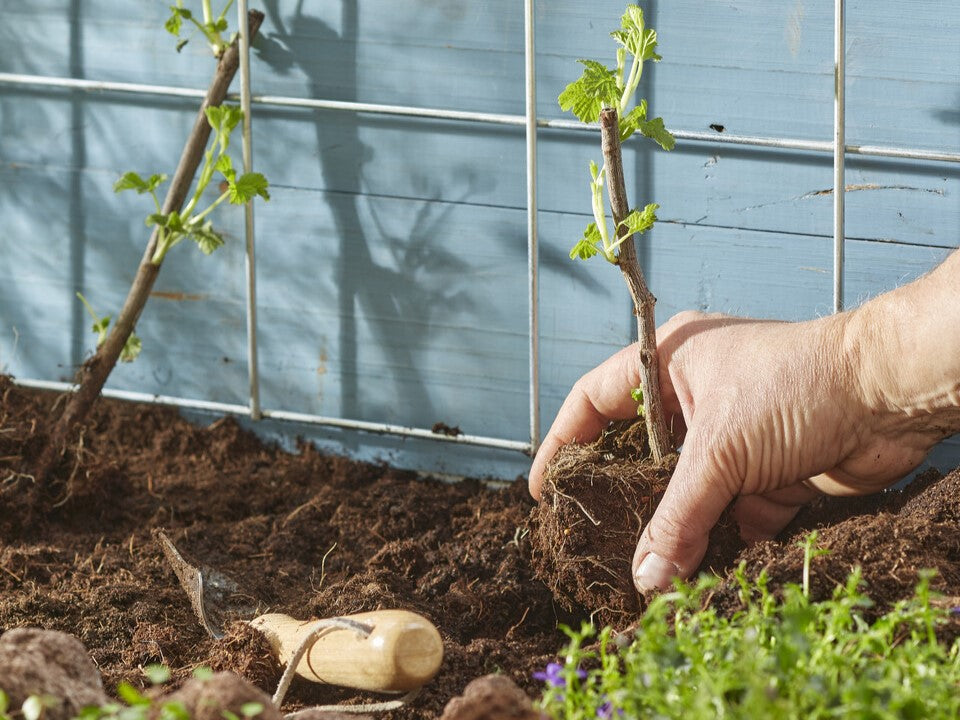
5. How do you plant soft fruit plants in pots?
Choose the biggest pot possible - it should be at least 30cm deep and 30cm wide. It’s a good idea, if the plant is going to grow a lot or you’re using a very big container, to use a wheeled plant trolley under the pot so that you’ll be able to move it easily if needed. You should also make sure that the pot has holes in the bottom for drainage, as roots can be damaged if they get waterlogged.
Add some gravel or broken ceramics to the bottom of the pot and use a good quality ericaceous compost (for blueberries) or general garden compost (for everything else). As above, spread a layer of mulch around your plant - its moisture retentive qualities are even more important for potted plants!
How do you plant bare root soft fruit plants?
1. When should you plant bare root soft fruit plants?
Bare root plants are only available from November to March, when they’re dormant (not in active growth). They’re dug up straight from the field and sent to you without a pot or compost.
They must be planted while they’re dormant, too; this means your plants will have a good long period to settle in and develop their root systems before they start producing foliage in the spring. It also means you have to get them in the ground fairly swiftly once they arrive though, so make sure you’re ready!
2. Do I need to prepare the soil before arrival?
Read above in section two for potted plants.
3. What do you do when bare root soft fruit plants arrive?
If you can’t plant your bare roots straight away, keep them damp- and frost-free in a cool shed or garage for up to 48 hours. On the day of planting, soak the roots in a bucket of water for 30 minutes to an hour to untangle any that may have knitted together in transit.
If the ground is frozen or waterlogged, you’ll need a temporary home for your bare roots. If there’s a patch of garden you’re able to dig, make a trench in it and temporarily plant them here (this is called ‘heeling in’). Otherwise, a bucket of compost will do nicely.
4. Spacing
Read above in section four for potted plants.
5. How do you plant your bare root soft fruit plants?
The planting hole should be as deep as the roots and three times as wide. Position your plant so that all the roots are below ground, and spread them out gently. You can usually see the mark where the plant was in the soil before, as it’s darker than the rest of the stem. Fill in the hole and firm down the plant well before giving it a good watering in.
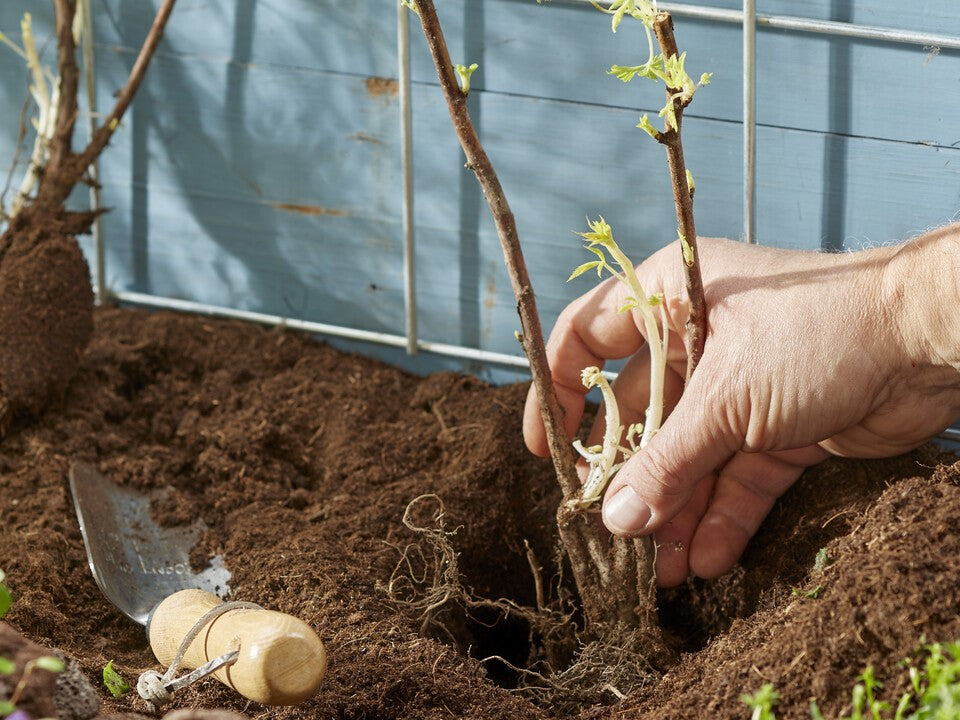
Ongoing care for both potted and bare root soft fruits
1. How much should you water your soft fruit plants?
Water your soft fruits well for the first year of planting, making sure the soil doesn’t dry out during hot weather. A bucketful of water every other day should be sufficient - plants in pots will need watering throughout the year as they get less rain. You should see leaves in about a month or so and berries in the summer after planting.
2. Do soft fruit plants need feeding?
Your plants will start to flower in the spring. At this point, give them a feed of potassium-rich fertiliser (such as liquid tomato feed) every ten days to encourage better fruit production.
3. How do you support soft fruit plants?
Cane fruits like raspberries, blackberries and hybrid berries grow tall and spread by sending out suckers (baby plants) at either side of them. You can fasten the canes to strong stakes for support, or if you’ve planted them along a fence or wall, tie long strings or wires along it horizontally and tie in the plants to keep them upright. Remove the suckers to reduce competition for nutrients.
Most bush soft fruits will be fine without support; if your plant grows taller, you can tie it in gently to a bamboo cane or two, secured firmly down into the pot or soil. Grape vines and other climbing fruit plants need support from a wall, fence, pergola or similar - or training with wires. To support vines on a wall or across a ceiling, space wires 25-30cm apart and tie in the larger stems.
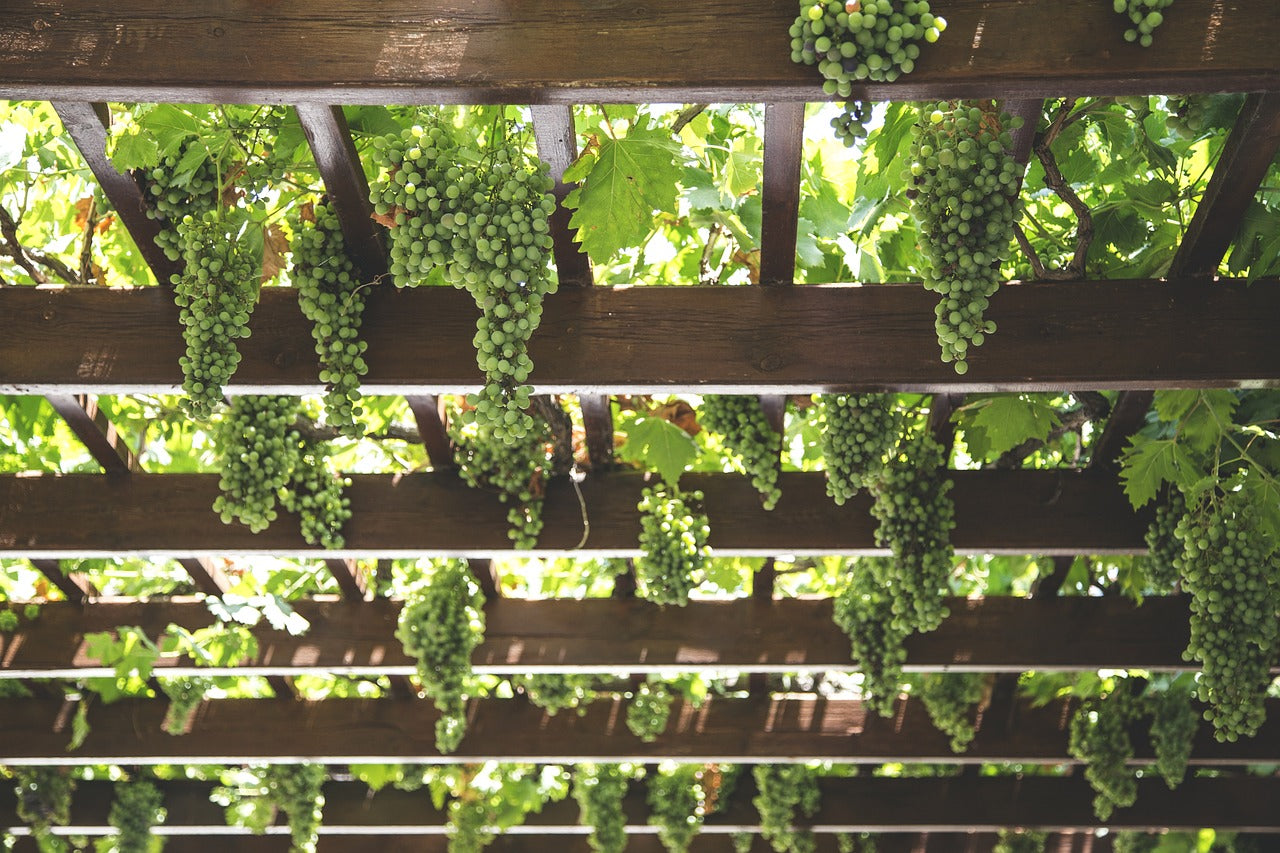
4. How do you protect soft fruit plants?
Unfortunately, we’re not the only ones who find ripe fruit attractive... Birds love it, too, and if they start stealing your strawbs, then you’ll need to protect your crop. When the fruits appear, cover them with low netting to keep the birds off (don’t do this too early, when the plant is flowering, or bees won’t be able to get access and pollinate it).
Secure your net into the ground to stop it blowing away, or birds getting caught in it. A longer-term solution is to cover your plants with a polytunnel or a fruit cage; these can be found online or if you’re feeling handy, you can build your own.
Most soft fruits are hardy and will be fine throughout the winter, but some, which originate from sunnier climes, will need frost protection. These include kiwi fruit, passion fruit and some grape varieties. You’ll need to grow them indoors or alternatively wrap them in horticultural fleece over the winter. If in doubt, check your plant’s hardiness rating on our website.
5. How do you harvest soft fruit plants?
Most soft fruits are ready to harvest between May and September, with some autumn-fruiting varieties carrying on until the first frosts. Only pick the fruit when it’s turned completely ripe (it will be soft, fully coloured and can be removed easily) as most won’t ripen any further once they’re off the plant - try one or two fruits before picking them all.
6. Do soft fruit plants need pruning?
Your soft fruit plants should be pruned once a year after they’ve finished fruiting, but it’s important to do it at the right time and with the correct method for each different fruit. Here’s our complete pruning guide.
Last updated: 28/10/2025
